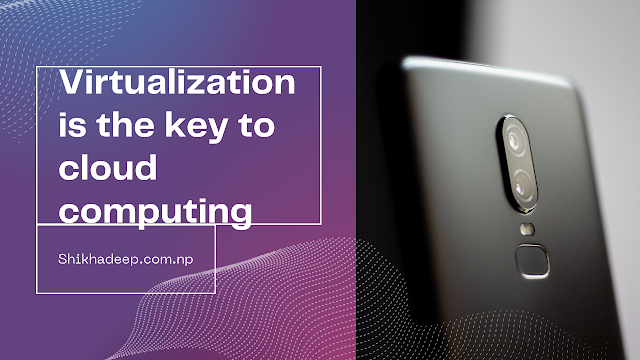What do you mean by disaster recovery? How recovery point objective differs from recovery time objective?
Disaster recovery (DR) Disaster recovery (DR) is an area of security planning that aims to protect an organization from the effects of significant negative events. DR allows an organization to maintain or quickly resume mission-critical functions following a disaster. A disaster can be anything that puts an organization's operations at risk, from a cyberattack to equipment failures to natural disasters. The goal with DR is for a business to continue operating as close to normal as possible. The disaster recovery process includes planning and testing and may involve a separate physical site for restoring operations. The recovery point objective (RPO) differs from the recovery time objective (RTO):- Recovery point objective (RPO) and recovery time objective (RTO) are two important measurements in disaster recovery and downtime. RPO is the maximum age of files that an organization must recover from backup storage for normal operations to resume after a disaster. The recov...
